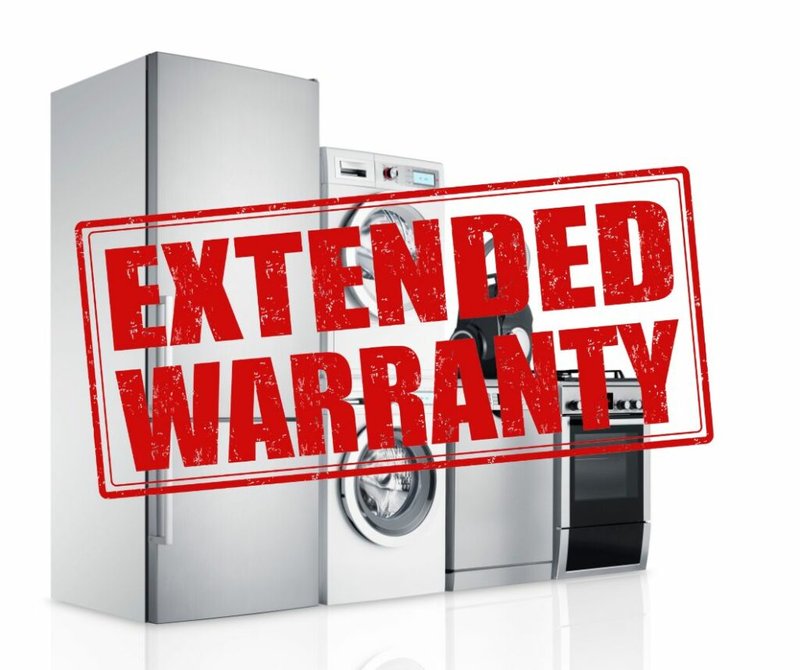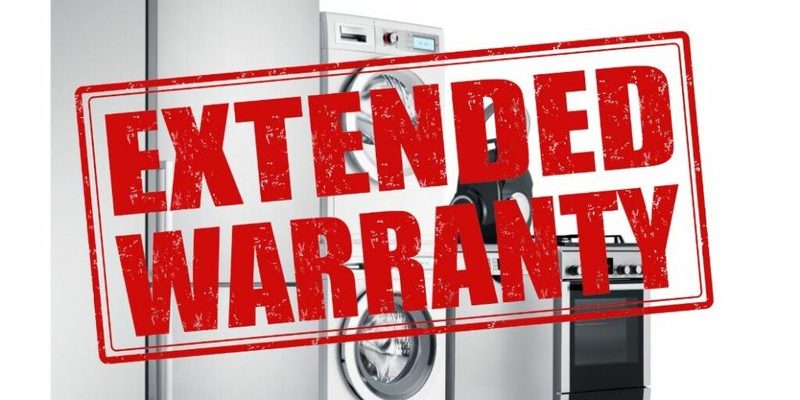
Here’s the thing: extended warranties often come across like insurance policies for your gadgets—sometimes a lifesaver, sometimes a waste of cash. When it comes to Whirlpool laundry appliances, deciding if an extended warranty is worth it isn’t always straightforward. Let me explain why, by walking through how these warranties work, what common breakdowns look like, and if there are smarter alternatives.
What Exactly Is an Extended Warranty for Whirlpool Laundry Appliances?
You’re probably familiar with the basic warranty that comes with a Whirlpool washer or dryer. Typically, it covers you for one year against defects or malfunction. Now, an extended warranty is like getting a little more time on that safety net—usually stretching coverage to two, three, or even five years.
Think of it as a subscription that keeps your appliance protected beyond the factory warranty. Instead of rushing to pay out-of-pocket for repairs, you get peace of mind knowing the warranty might cover parts, labor, or even full replacements. But—and this is important—the terms vary a lot. Some extended warranties only cover specific parts like motors or electronics, while others might exclude wear and tear or user-caused damage.
How Does It Usually Work?
Once you buy an extended warranty, you’ll typically register your appliance and the plan. If something breaks, you call the warranty provider, who then sends a technician to troubleshoot and fix issues—sometimes after you pay a small service fee. The key is reading the fine print. For example, some warranties require using authorized repair services, which can be a hassle depending on your location.
In essence, the extended warranty acts like a safety cushion for unexpected breakdowns—if you ever need it.
How Often Do Whirlpool Laundry Appliances Break Down?
You might be wondering: do Whirlpool washers and dryers actually break down often enough to justify an extended warranty? Honestly, Whirlpool has a pretty solid reputation in the laundry world. Their appliances tend to last several years with proper care. Still, no machine is perfect.
Common problems include things like a washing machine that won’t spin, a dryer that won’t heat, or error codes popping up on the display. These can result from faulty components—like the motor, belts, or sensors—or simply from dirt and wear over time.
- Washers: Issues with the water pump or control board can crop up.
- Dryers: Heating elements or thermostats might fail.
- Error codes: Sometimes a quick reset or syncing of the remote control (if your model has smart features) solves the problem.
Here’s a tiny story: my friend’s Whirlpool dryer stopped heating after two years. It turned out a simple thermostat was faulty—costing less than $100 to fix when paying out-of-pocket, but the extended warranty would have saved her that. On the other hand, a local neighbor’s washing machine powered through nearly a decade with only minor issues.
The Cost vs. Benefit: Is an Extended Warranty Financially Smart?
Here’s where things get tricky. Extended warranties don’t come cheap. You might pay anywhere from $100 to $300 extra when buying your Whirlpool laundry machine, depending on the length and coverage.
Let’s break down the math:
| Factor | Consideration |
|---|---|
| Cost of Warranty | $100 – $300 upfront |
| Potential Repair Costs | $100 – $500 or more, depending on the issue |
| Likelihood of Breakdown | Moderate to low in first 5 years |
| Repair Coverage | Parts and labor, sometimes with service fees |
| Alternative Options | Self-fund repairs, or use manufacturer’s limited warranty |
Here’s the fact: if your appliance breaks down early and the repair costs are substantial, an extended warranty can feel like a bargain. But if it runs trouble-free for years, you’re basically paying for peace of mind—and maybe a little extra stress about whether you’re getting value.
Are There Common Exclusions or Limitations You Should Know About?
Extended warranties often come with strings attached, and Whirlpool’s are no exception. A few common exclusions include:
- Normal wear and tear: Things like worn belts or hoses might not be covered.
- User damage: Dropping the machine or improper installation usually voids coverage.
- Unauthorized repairs: If you try to fix things yourself or use certain technicians, the warranty won’t apply.
- Consumables: Items like filters or batteries in smart appliance remotes usually aren’t covered.
Understanding this helps avoid surprises down the road. For example, if your Whirlpool washer throws an error code linked to a clogged filter, the warranty might not help because that’s considered maintenance, not a defect.
What About Remote Controls and Smart Features?
Some newer Whirlpool laundry appliances come with smart remotes or apps that let you sync, reset, or troubleshoot your machine remotely. While cool, these features can add complexity. If the remote’s battery dies or syncing stops working, those tech issues usually aren’t covered under an extended warranty—it’s similar to how smartphone warranties often exclude accidental damage.
Self-Repair and Troubleshooting: Can You Skip the Warranty?
Here’s a thought: with a bit of patience and Google, many minor Whirlpool appliance problems can be fixed at home. Simple tasks like resetting error codes, cleaning filters, or syncing the remote control can often get your washer or dryer back in shape without a service call.
If you’re handy or willing to dive into troubleshooting guides, this DIY approach can save you money. Plus, Whirlpool’s official website offers detailed support, including how-to videos for common fixes.
That said, critical repairs like replacing motors or circuit boards probably require professional help. If you’re not comfortable with those, having an extended warranty might ease the stress.
Alternatives to Buying an Extended Warranty
Extended warranties aren’t your only safety net. Consider these alternatives before handing over extra cash:
- Manufacturer’s Standard Warranty: Most Whirlpool appliances come with at least a one-year warranty—sometimes longer for specific parts.
- Homeowner’s Insurance: In rare cases, insurance covers appliance breakdowns caused by events like electrical surges.
- Repair Fund: Setting aside a small monthly amount towards potential repairs is a low-stress, flexible fallback.
- Credit Card Benefits: Some credit cards offer extended warranty protection when you buy appliances using their card.
Getting familiar with these options can help you decide what makes the most sense financially and practically.
Wrapping It Up: Should You Get the Extended Warranty for Your Whirlpool Laundry Appliance?
Honestly, whether an extended warranty is worth it for your Whirlpool laundry appliance depends on your risk tolerance and household needs. If you’re someone who hates surprises and prefers the safety net, it could be a good choice—especially if you plan to keep your machine beyond the basic warranty period.
But if you keep up with routine maintenance, feel confident with some troubleshooting, and have a small repair budget, skipping the extended warranty probably won’t hurt. Just remember, appliances are mechanical, and sometimes they break down regardless.
Whatever you decide, keep an eye on your appliance’s performance, know your warranty details, and don’t be afraid to reach out to Whirlpool’s support when things get tricky. After all, washing clothes is essential, but stressing over repairs doesn’t have to be.
